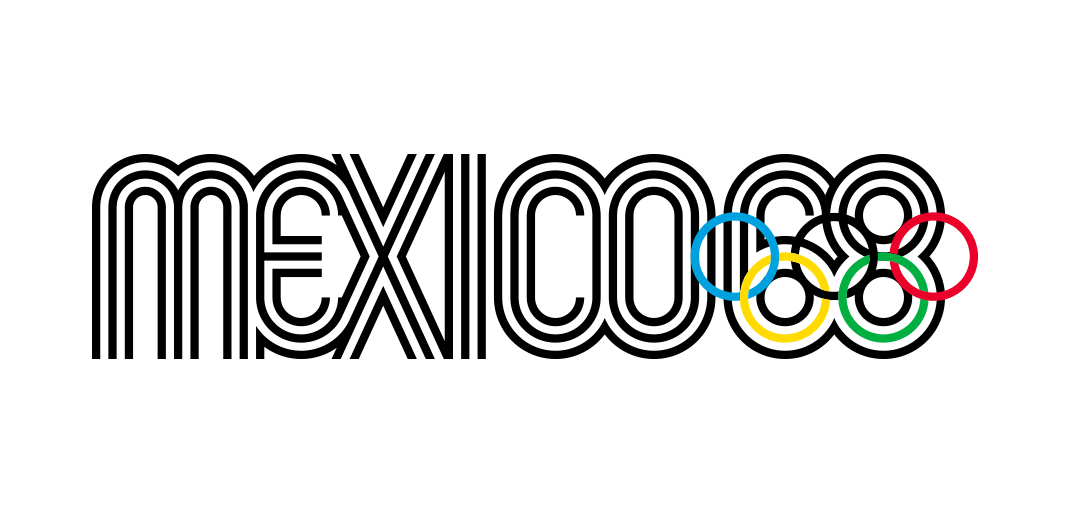Adobe Firefly: everything you need to know about the AI image and video generator
Adobe Firefly is billed as a more ethical AI image generator. Here's what you need to know.
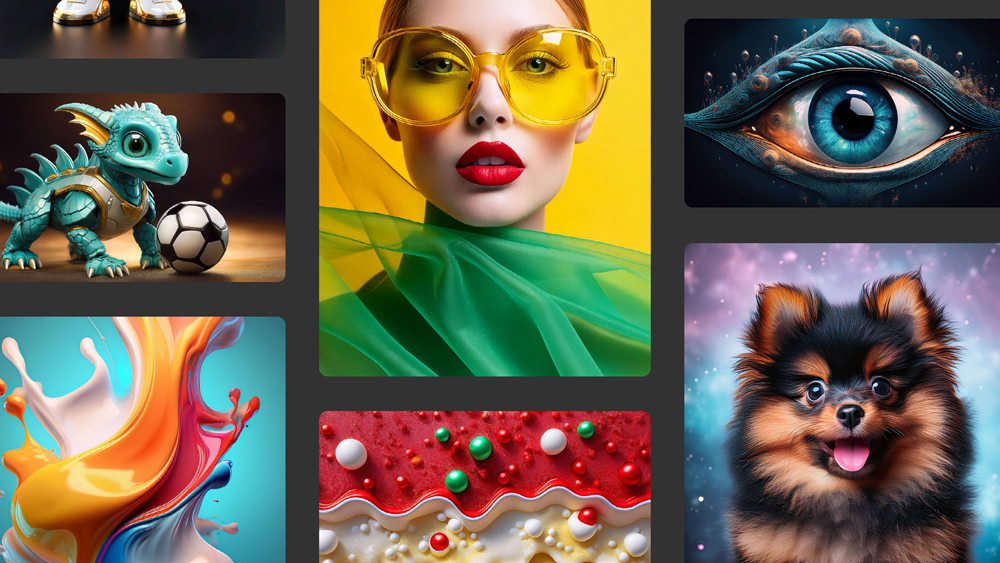
Save 50%!
Overview: The Creative Cloud All-Apps suite includes crucial software tools including Photoshop, Lightroom, Illustrator, Premiere Pro and After Effects. If you're working in creative industries, this is the standard.
Price history: You'll often see deals on Adobe software throughout the year. We usually expect around 30-40% off so this is a standout deal – it's the best we've seen this year – save $299 over a year.
UK price: £59.98 £28.48 at Adobe
Adobe Firefly provides a range of generative AI tools for everything from text-to-image generation to vector generation and photo editing. But what is Adobe Firefly exactly? With so many functions it can be bit confusing since they're not all available in the same place. In this guide, we'll break down how the different Firefly AI tools work and how you can use them.
Essentially Firefly is an AI model, or rather a series of AI models, developed by Adobe, the creative software giant behind the likes of Photoshop and Illustrator. It's comparable to the best AI art generators, in that the model was trained on thousands of images and text descriptions in order to teach it to generate images from text prompts. But Adobe has implemented the model in various forms. It exists as a standalone browser app, and it also powers specific tools in Adobe's existing software, including in Photoshop and Premiere Pro.
One of the big selling points of Adobe Firefly when compared to rival offerings like Midjourney, Stable Diffusion and DALL-E is that it was, in theory, only trained on licensed images from Adobe Stock and public domain content. That should make it more commercially safe since there's less danger of users being hit by a copyright claim from an artist claiming that their work was copied. That's not to say that Adobe Firefly is without controversy. Some Adobe Stock contributors were unhappy about Adobe's use-first-decide-the-price-later approach.
See our pick of the best AI art tutorials to learn more about how AI image generators works. In the meantime, we'll explain everything you need to know about Adobe Firefly and how to use it.
Adobe Firefly explained
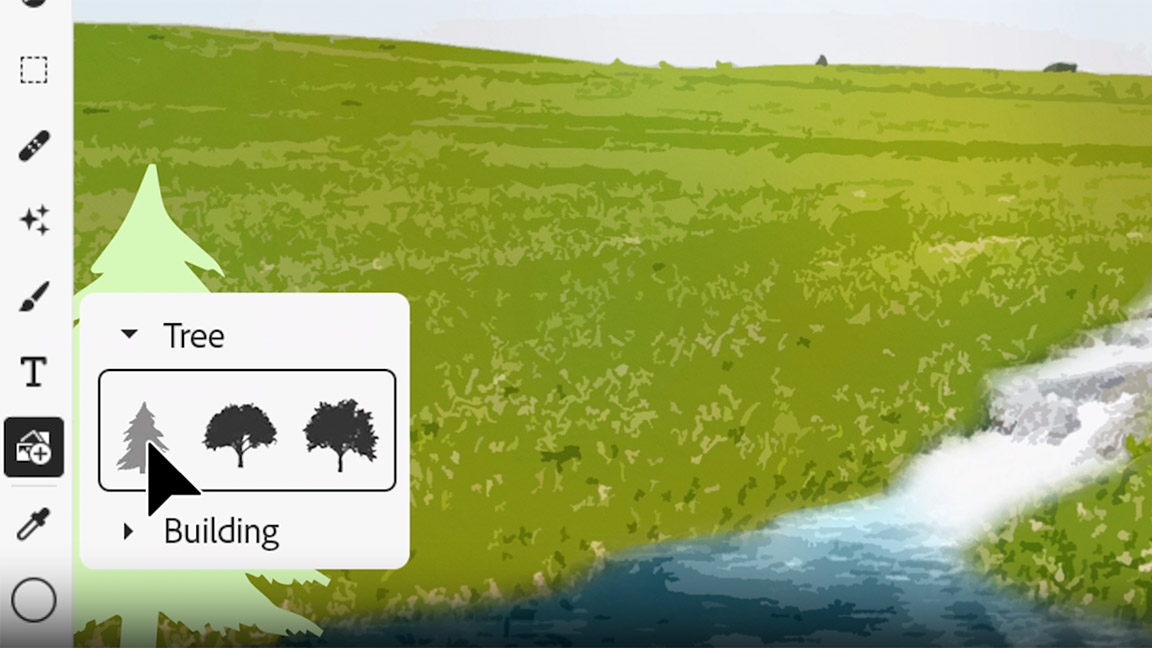
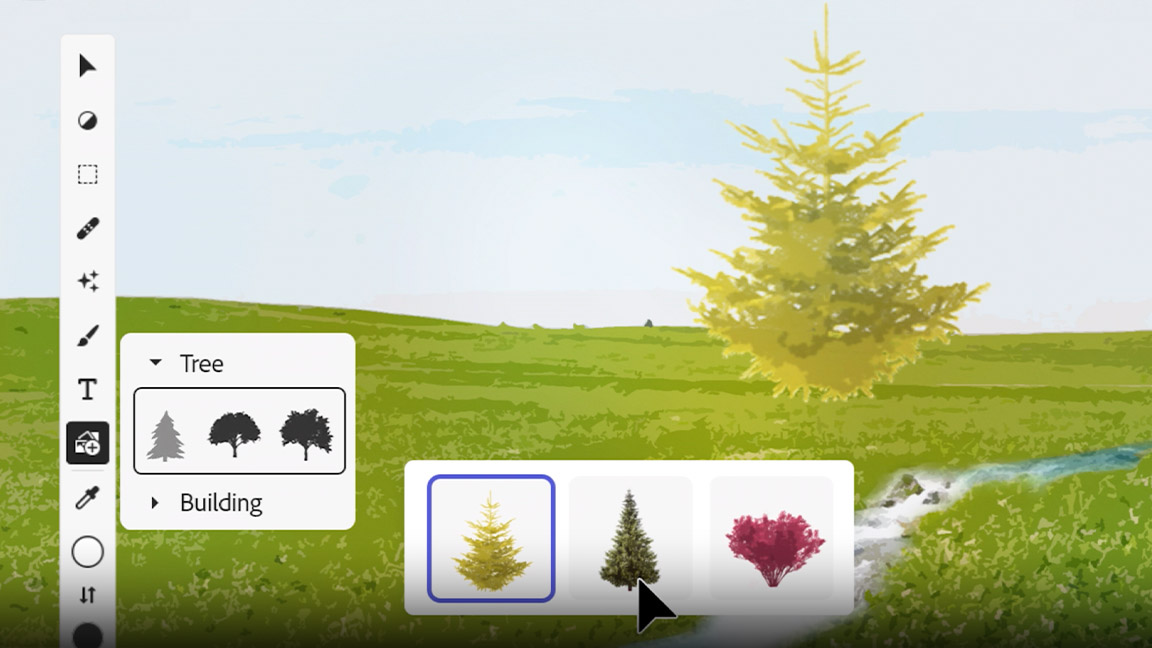

What is Adobe Firefly?
Adobe Firefly is series of generative AI models produced by Adobe. It powers a series of standalone tools that can be used to generate images and design assets.
There are four models: the Firefly Image model Firefly Vector model, Firefly Design model and, most recently, a Firefly Video model (still in beta). The tools powered by these models can be accessed in different places. Firefly text-to-image generations can be accessed directly in a web browser at firefly.adobe.com. This works in a similar way to other AI image generators. You write a description, and the AI generates an image. You simply need to log-in or sign-up for an Adobe account. You can then choose to use a free plan or a premium plan.
Adobe Firefly also powers specific tools in other Adobe programs, including Generative Fill in Photoshop, text effects in Adobe Express, vector and pattern generation in Illustrator and Generative Extend in Premiere Pro. Most of these programs are available as part of an Adobe Creative Cloud subscription (for more on Adobe products, see our Photoshop review, Illustrator review and our Adobe software list).
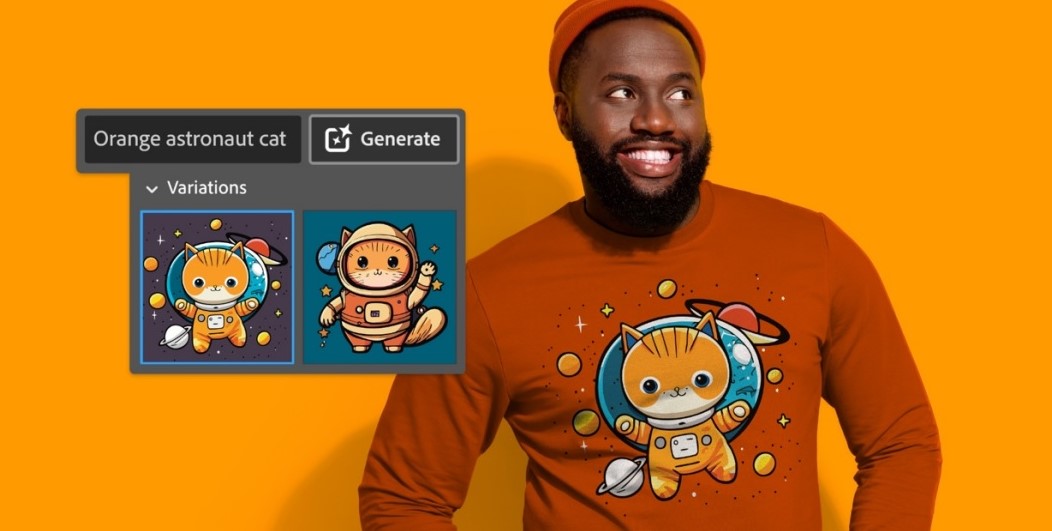
What's new in the latest Adobe Firefly update?
The most recent Firefly features include the launch of an Adobe Firefly Video model. At the time of writing, this was still in beta and there was a waiting list for access, although the video model is already powering Generative Extend in Premiere Pro (this uses AI to add extra seconds to video clips). Other new tools include text-to-image generation directly within Photoshop.
The latest image model is Adobe Firefly Image 2. The model has an improved understanding of text prompts and recognises more landmarks and cultural symbols. It also offers Prompt Guidance which teaches users to expand or reword prompts, and there are new Share from Firefly and Save to Library features.
Adobe's also added tools to give more creative control for text-to-image generation in the Firefly web application. These include Generative Match, which is intended to allow users to generate content in custom, user-specified styles. Users can pick images from a pre-selected list or upload their own to guide the style when generating new images with text prompts. This aims to allow users to follow brand guidelines or save time by replicating the style of an existing image.
Meanwhile, Photo Settings adds 'photography-style' image adjustments in the Firefly web app. Users can apply and adjust settings in a way that's compared to camera lens controls, for example, depth of field control and motion blur. Adobe's also adding prompt guidance to help users expand or reword prompts for better results.
Other new tools include the Adobe Firefly Vector Model, which can generate an array of editable vector graphics from text prompts, including scenes, subjects, icons, tile-able patterns and even gradients, all organised into groups and layers to make editing easier. There's also a new Firefly Design Model tool that can generate templates from text prompts. Incorporated into Adobe Express, it uses Adobe Stock images and Adobe Fonts and can generate templates in the most popular aspect ratios for print, social and web.
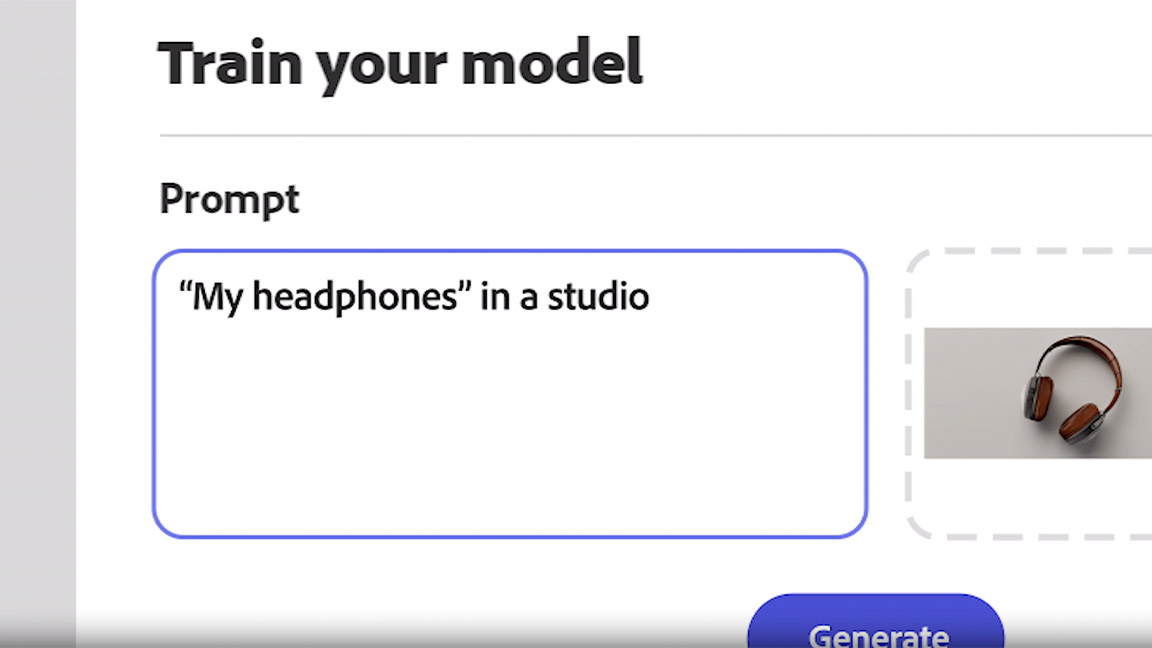
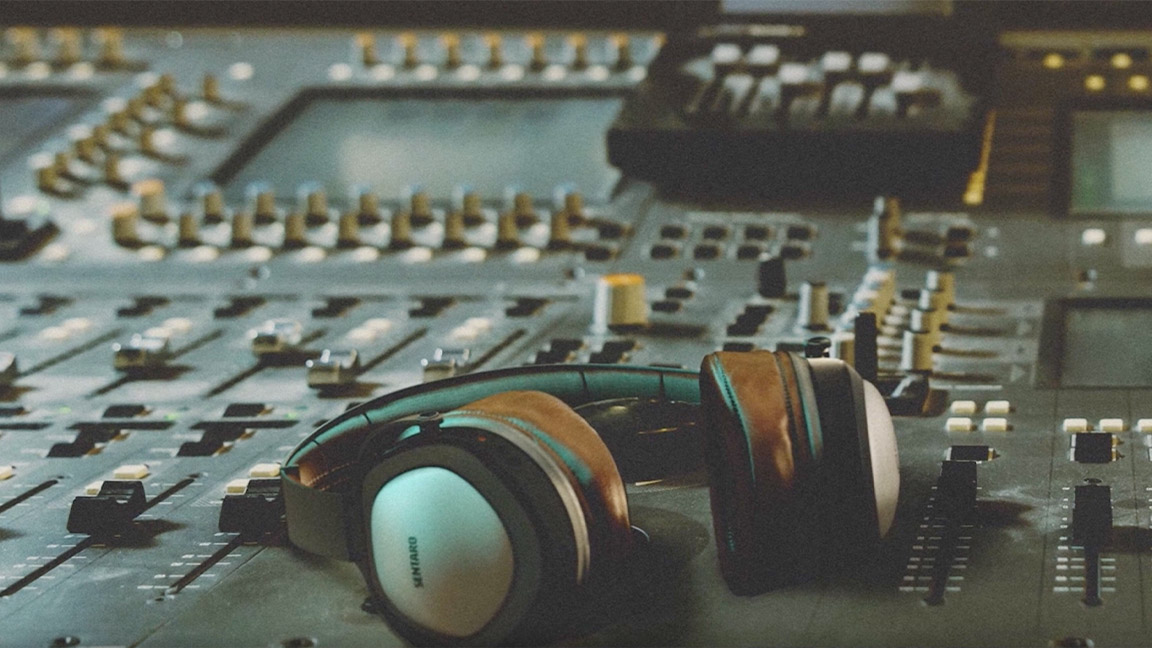
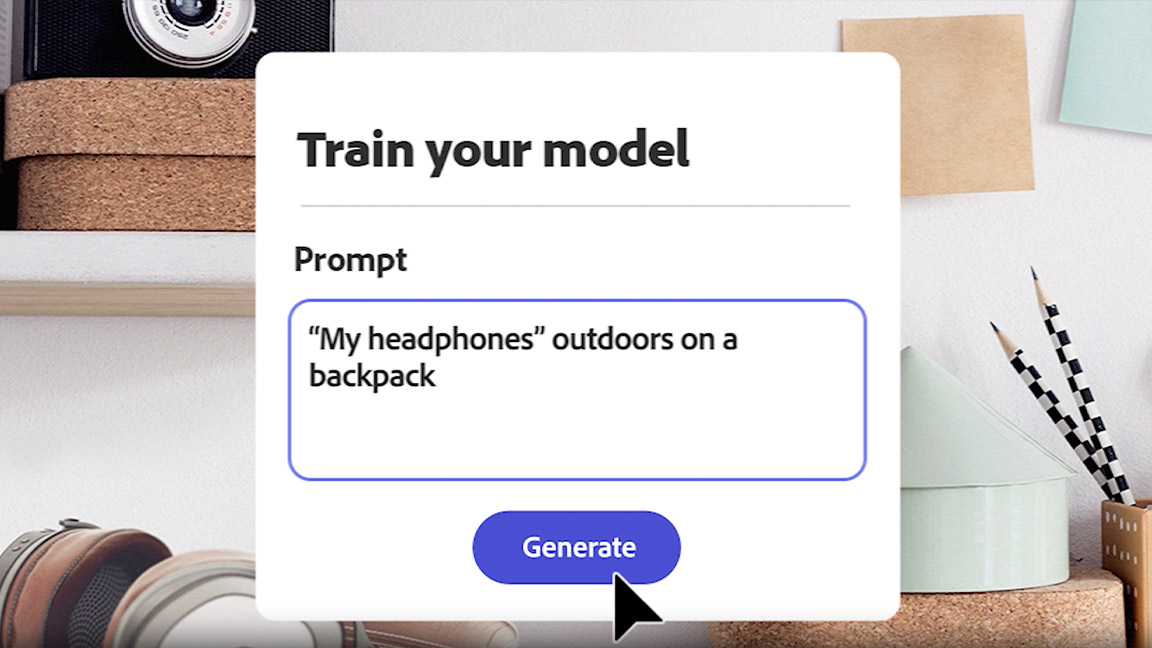

What are Adobe Firefly Generative Fill and Generative Expand?
Adobe Firefly Generative Fill and Expand are Firefly-powered tools available in Photoshop (see video above) This basically enables you to select areas of an image and then manipulate them or add in new content using text prompts. The tool is so powerful that it can match light and shadows in the newly generated content to the existing image. There is also a generative expand tool, which allows image to be expanded beyond their original borders.
What is Firefly Generative Extend?
Firefly Generative Extend is a tool available in Adobe's video editing program Premiere Pro. It allows users to generate a few extra seconds of video to fill a gap in a timeline. There are limitations. For now, Premiere Pro's AI video extension is limited to 1920x1080 or 1280x720 resolutions in a 16:9 aspect ratio at 12-30fps. Videos must be at least 2 minutes long. And while the tool can extend the room tone and sound effects too, it can't extend music due to copyright.
Is Adobe Firefly ethical?
One of the things that makes Adobe Firefly different to other AI art generators like Midjourney is that it was trained only on copyright-free images - either imagery where copyright has expired or content from Adobe Stock. Contributors to Adobe Stock will be compensated for use of their work and can opt out of their work being used to train the model.
Users of Firefly itself can also apply the 'Do Not Train' tag to stop Adobe from using any imagery that they use with Adobe Firefly to train future models. The idea is that this all makes Firefly more ethical, although everything is relative. Some would argue that it shouldn't be necessary to opt out. There's still a debate on whether AI generators should be trained on any art and images without the explicit permission from the artists.
Adobe has also partnered with the Content Authenticity Initiative (CAI) and with Google's AI, Bard to verify the origins of images being used in Firefly; in theory this means Bard and Firefly will determine if images have been created by a human, AI-generated or AI-edited, and meta data is added to Firefly-generated images to identify them.
Is Adobe Firefly free?
Adobe Firefly can be accessed using a limited free plan. However, like many other AI image generators, it charges users credits for each image generation. The free plan includes only 25 generative credits. A premium plan costs $4.99 per month for 100 monthly generative credits. There is access to a wide range of Firefly-powered tools with Creative Cloud. Generative credits also exist for Creative Cloud subscribers, but you can continue to use the AI tools if you run out of credits. Generations will just be slower.




What's coming next in Adobe Firefly?
Adobe keeps things close to its chest, but we had the opportunity to speak to several of the company's senior figures at the Adobe MAX 2024 creative conference, so we were able to get some insights into what's next for Firefly.
We expect that 3D tools will be coming eventually. Adobe has already been adding AI-powered productivity improvements and a background generator in Substance 3D. Experimental projects being investigated include Project Turntable, which would let users rotate 2D vector art in 3D, whilst ensuring it still look like 2D art from any new angle and ensuring that the vector graphics stay true to the original shape.
We've also had a glimpse of Project Concept, which looks set to be an entirely new creative app that would offer an infinite canvas to work on and the ability to work on a document with other people simultaneously.
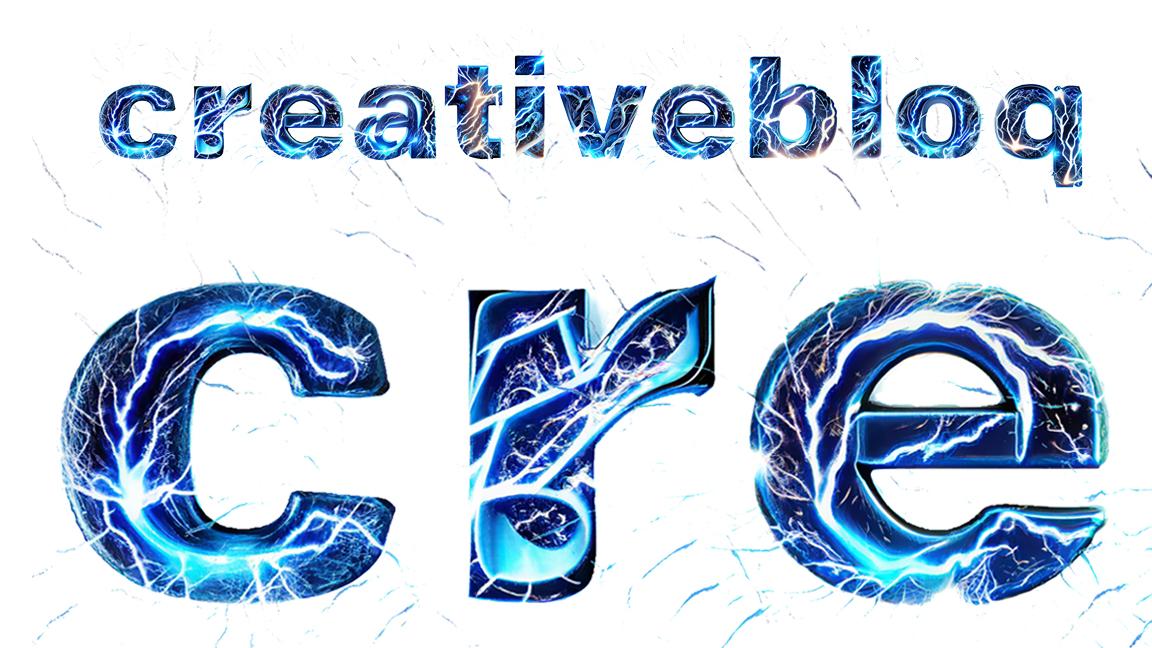
How do I create text in Firefly?
As well as being powerful at creating realistic and unique imagery to inspire or use in your projects, Adobe Firefly has some interesting text and font tools. Its text effects creator is buried away in Adobe Express, a program intended for content creation for social media.
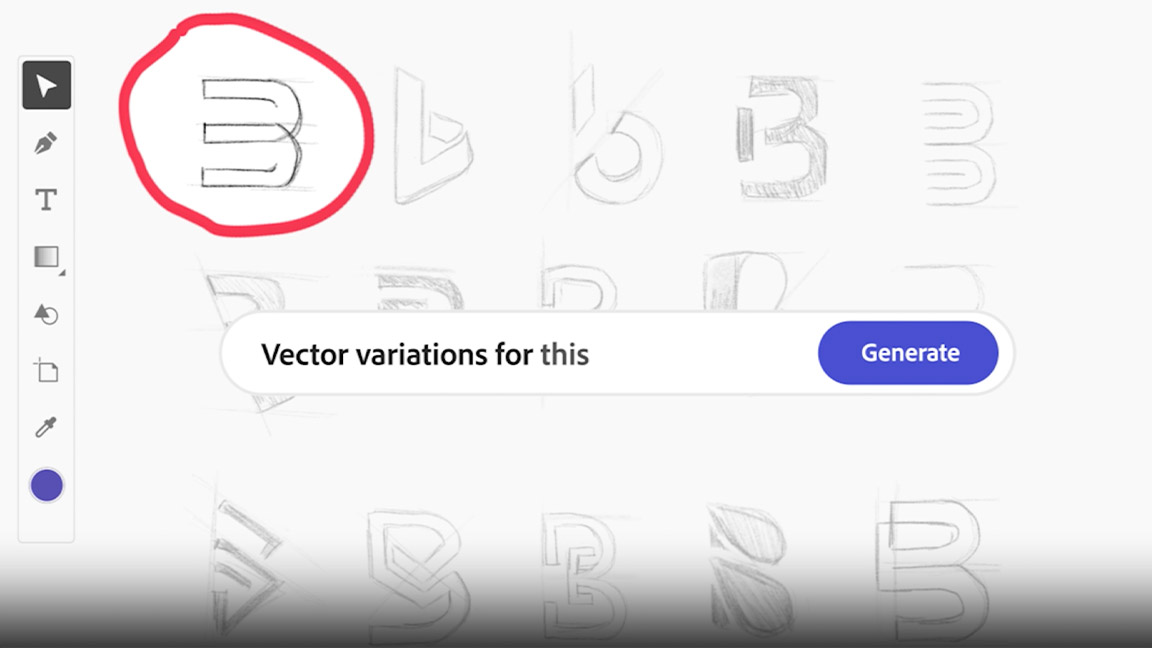
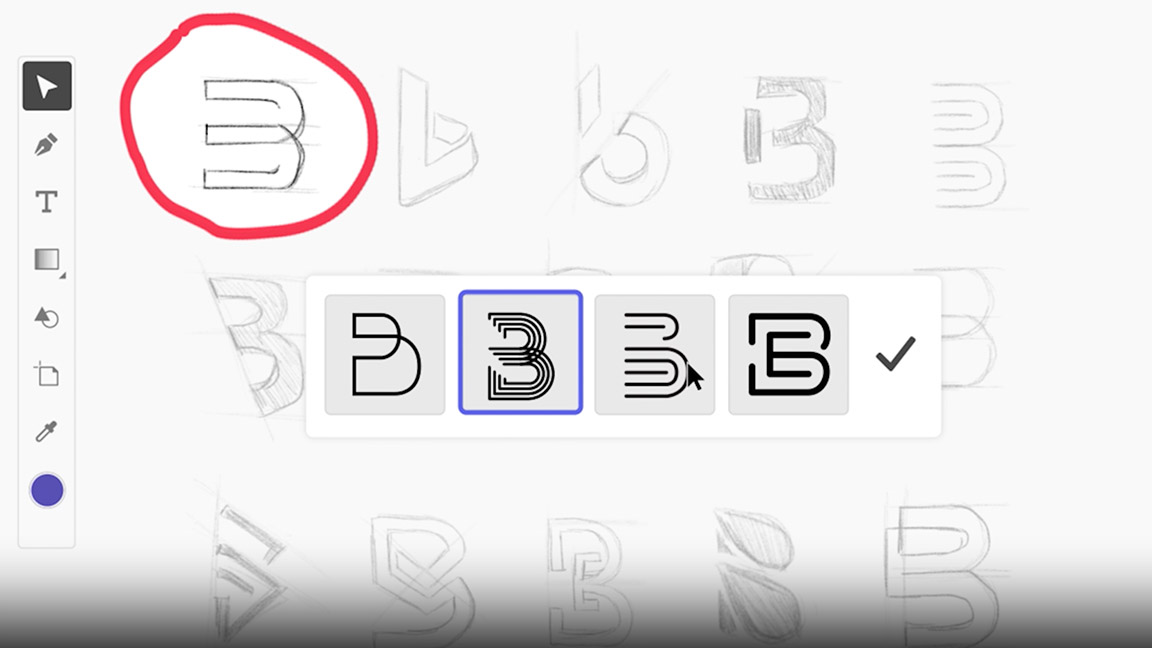
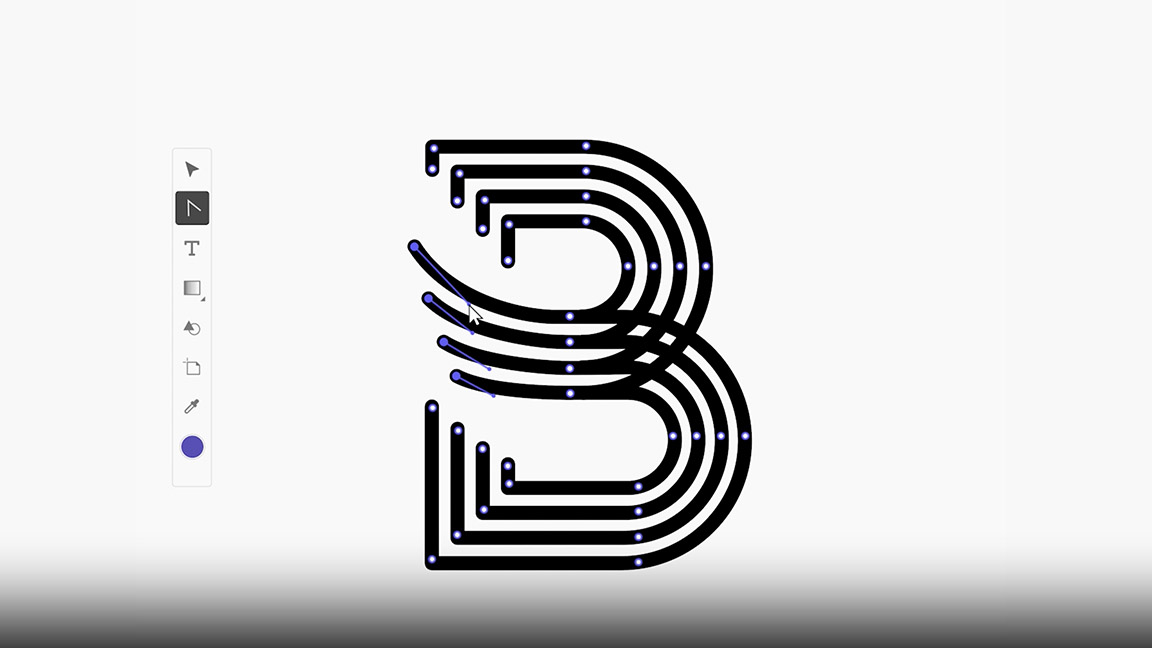
How to output images and textures to other Adobe apps
With its integration with other Adobe Creative Cloud applications, such as Photoshop, artists can incorporate AI-generated images into their existing workflows. For example, you can create textures and fractals using Adobe Firefly and bring them into Adobe Capture to create 3D texture maps for models. (Discover more on how to use Adobe Capture.)
Is Firefly Adobe's first AI?
Firefly is not Adobe's first foray into AI. It already had Adobe Sensei: a model incorporated into Photoshop and other Adobe software to improve the productivity and remove some of the more complicated or repetitive tasks associated with digital art as well as video and photo editing. Adobe Sensei has powered features like the Select Subject tool and neural filters in Photoshop (see our pick of the best Photoshop tutorials), but it does not generate new imagery.
Get the Creative Bloq Newsletter
Daily design news, reviews, how-tos and more, as picked by the editors.

Thank you for reading 5 articles this month* Join now for unlimited access
Enjoy your first month for just £1 / $1 / €1
*Read 5 free articles per month without a subscription

Join now for unlimited access
Try first month for just £1 / $1 / €1

Ken Coleman lectures in game art and design at Clonmel Digital Campus in Ireland. He also designs for clients such as Catalyst Games and Morbid Angel.


